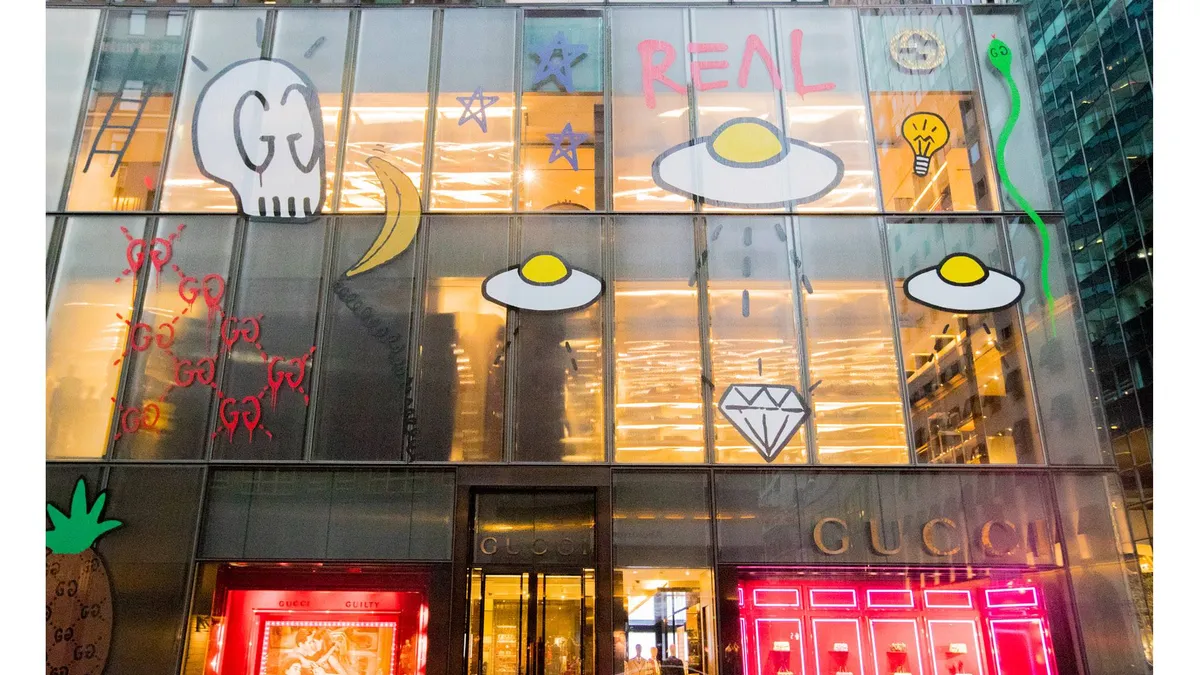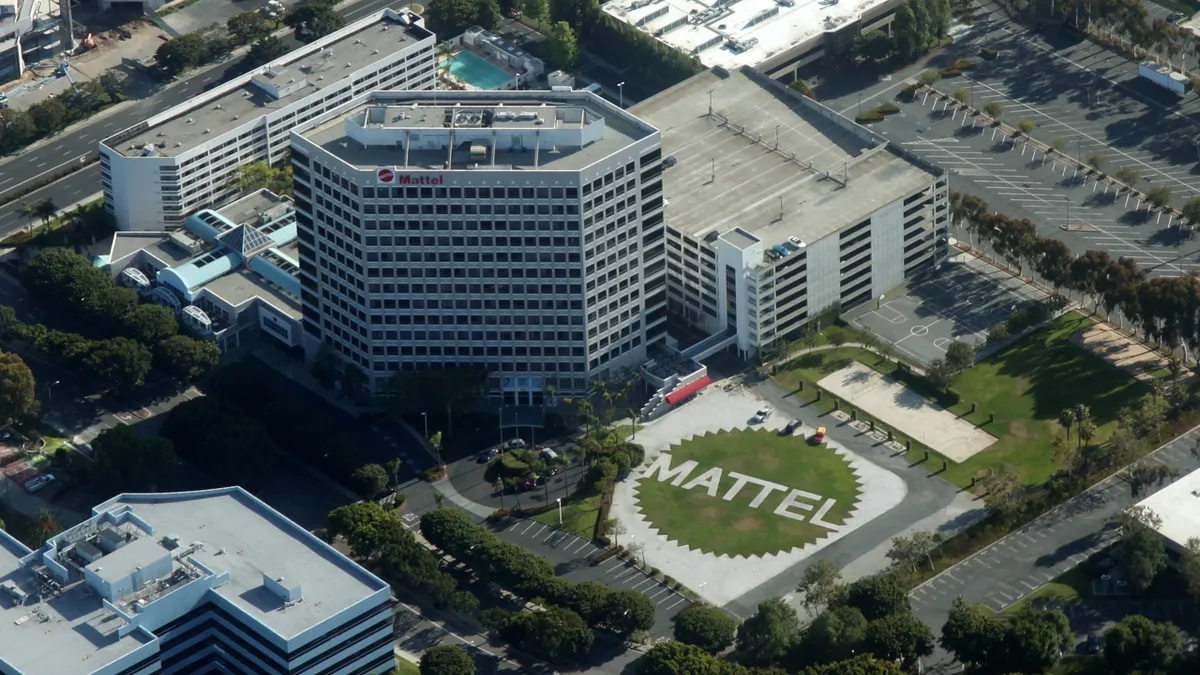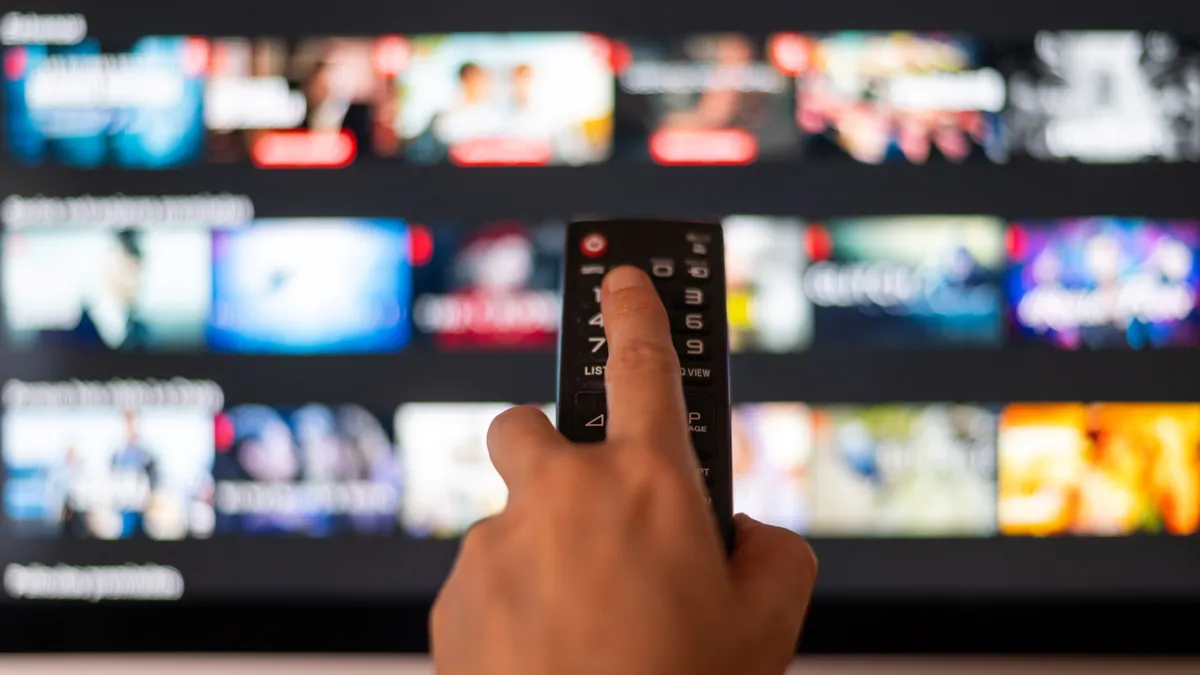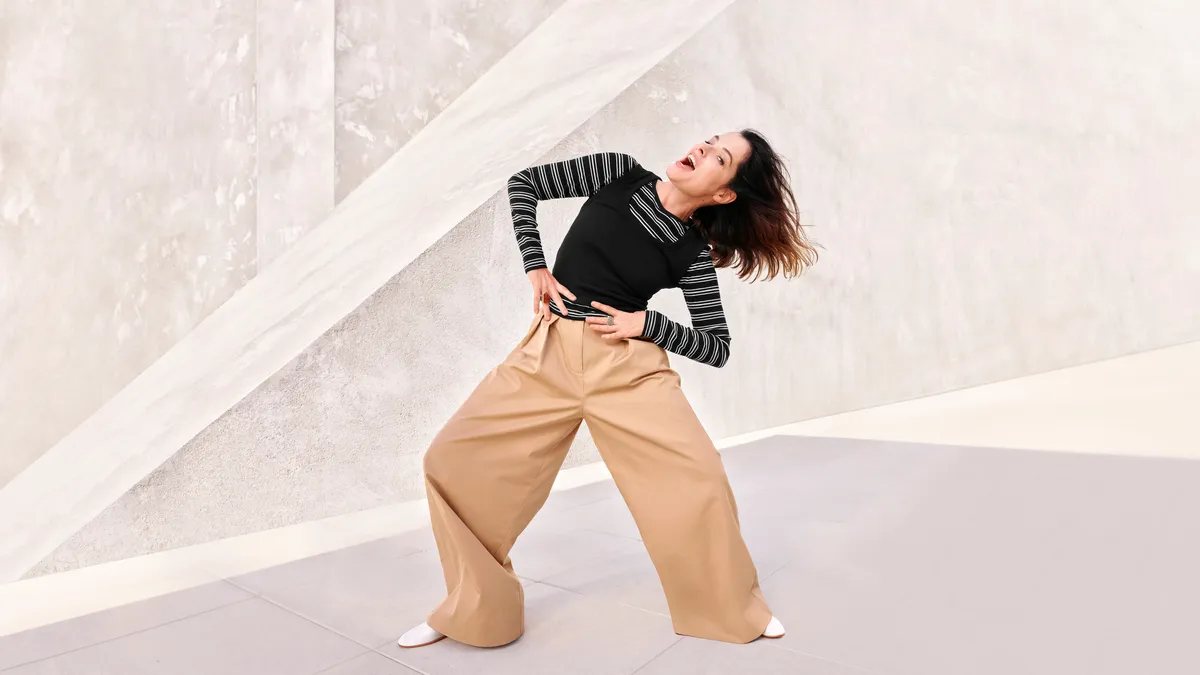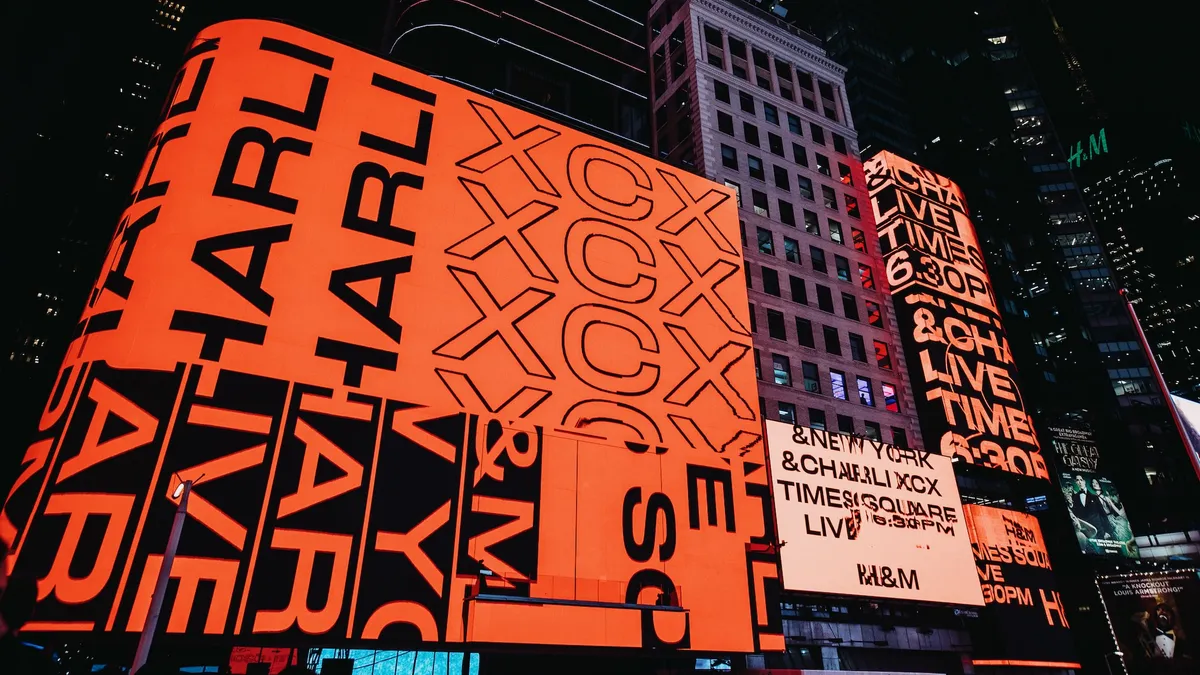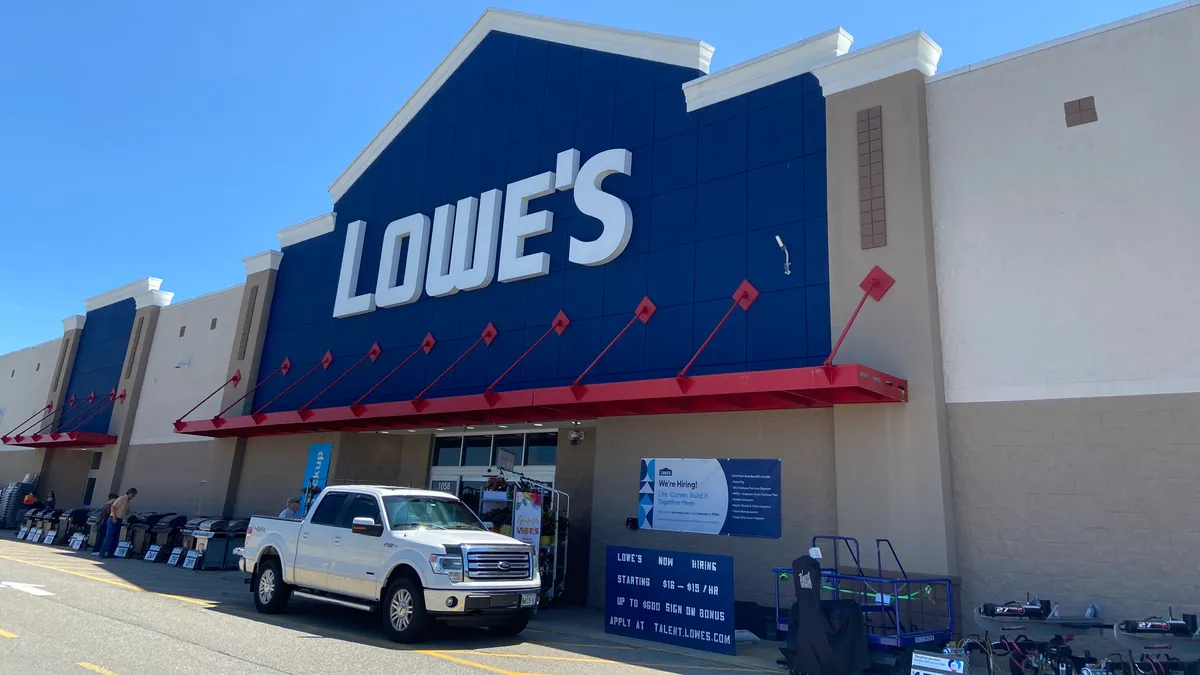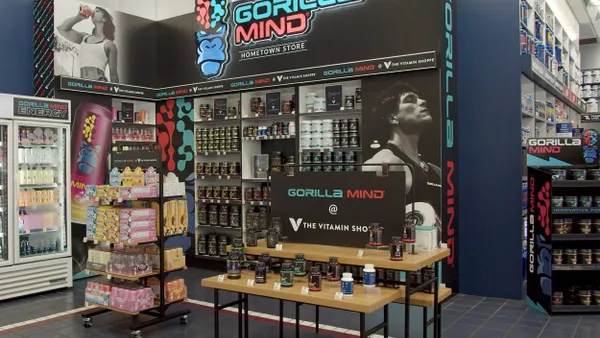Four years ago, when Chinese tourists flocked to the world’s fashion capitals, luxury stores simply needed to open their doors. But as luxury sales have stagnated, experts say fashion retailers need to reinvigorate their brands to draw younger shoppers looking for a dynamic, high-end personal experience.
“The Chinese boom created for years an excess of demand. Chinese consumption has now reached a plateau. When shoppers don’t come alone, you need to interact with them inside and outside the store, through innovation and imagination,” said Armando Branchini, vice president of Italy’s Altagamma Foundation, which represents the country’s luxury goods makers.
Sales of personal luxury goods — which include fashion, accessories and beauty — are estimated to reach 249 billion euros this year, with flat growth over 2015, before rising to 280-285 billion euros by 2020 at a compound annual growth revenue of 3-4% beginning in 2017, according to Bain & Company's 2016 Luxury Market Monitor. The annual report, released in October, anticipates global sector sales to increase 4% in 2016 to 1.08 trillion euros, driven by a stronger desire for connected and self-driving luxury cars, travels, sophisticated cocktails and fine dining.
In the United States, the decline of tourism spending, hit by the stronger dollar and uncertainty for the presidential elections, has favored bargain-hunting and pushed sales of high-end goods down 3% to 82 billion euros in 2016 from a year ago, according to Bain. The Brexit vote and the terrorism threat have impacted shopping in Europe.
“Brands must put in place specific strategies to give consumers a good reason to enter their stores."

Federica Levato
Partner at Bain & Co. in Milan
Chinese shoppers, who represent 30% of global luxury spenders (down from 31% last year), have become more individualistic and price-conscious, especially with the rising middle class, and spend more at home, Bain’s study showed. Their purchases are expected to rebound in the next four years, but not enough to reverse what Bain calls “the new normal” trend.
“The peak of the largest nationality wave ever to benefit luxury goods is behind us. Brands need a new paradigm, other than opening more stores in China and bumping up prices,” Luca Solca, managing director and sector head of global luxury goods at Exane BNP Paribas, wrote in a report on the future of luxury goods released this month.
To survive in the new age of luxury retail, analysts say high-end brands will need to overcome lower growth by innovating in-store shopping, improving the use of digital channels and branching out into new categories like cosmetics and food to communicate an entire lifestyle experience.
“Brands must put in place specific strategies to give consumers a good reason to enter their stores," said Federica Levato, a partner at Bain & Co. in Milan and co-author of the report compiled with the Altagamma Foundation. "This is the trigger going forward.”
Blending digital and physical channels
As a new generation of consumers increasingly use mobile devices to browse and buy, e-commerce has become the fastest-rising channel globally for the luxury industry and is now the third-largest "luxury goods market" after U.S. and Japan in terms of market penetration, according to Bain. Global e-commerce sales have grown a CAGR 26% to 19 billion euros between 2013 and 2016.
However, the online channel still accounts for only 7% of the global luxury market. According to a study by Forrester Research commissioned by RetailNext, 71% of luxury shoppers said they go to brick-and-mortar stores to “touch and feel” the merchandise. Nonetheless, e-commerce is anticipated to represent between 15% and 20% of the total luxury market by 2020, according to analysts from Exane BNP Paribas.
“Retailers are working very hard to deliver a seamless experience across multiple touch points including physical, online, mobile and social channels, and they will undoubtedly arrive there in the next few years. But, we are not there yet,” Shelley E. Kohan, VP of retail consulting at RetailNext, wrote in an email to Retail Dive.
With plenty of retail space available, brands are under pressure to use it creatively. Instead of rushing to open new stores, like during the retail expansion years, retailers are revamping spaces into a lifestyle home for the consumer — adding arts, culture and food to echo and strengthen the brand message.
“Luxury stores must be like a theater for shoppers. Doing this on a digital platform is more difficult.”

Armando Branchini
Vice President of Italy’s Altagamma Foundation
“Luxury brands now have stores with a large square footage and need to make it profitable by partnering with other brands and products consistent with their DNA,” said Levato. Prada’s purchase of Milan-based pastry shop Pasticceria Marchesi, now showcased in the designer’s flagship windows, is a sign of this cross-pollination trend.
Gucci's turnaround is another example. Under creative director Alessandro Michele and chief executive Marco Bizzarri, the Florentine house has returned to double-digit revenue growth in the third quarter for the first time since 2012. In September 2015, Gucci unveiled at its Milanese flagship the new retail concept designed by Michele. Eclectic and elegant, the travel-inspired concept combines romantic velvet armchairs with contemporary industrial design to attract consumers looking for their own dress code.
“Luxury brands need to continue to reinvent themselves to surprise and delight the customer. It really means you need to help change lives," Oliver Chen, luxury analyst at Cowen & Co., told Retail Dive. "And this is emotional, experiential. And that has to do with hotels, food and museums and culture and art.”
Reinventing the store experience doesn't come without its fair share of challenges. A gap of information remains between what consumers research online and what they find in store. According to Forrester Research, just 29% of consumers feel that sales associates are “knowledgeable and helpful.” Price transparency is also an issue: 79% of consumers polled by Forrester said finding similar prices online and in store is critical, against just 52% of retailers.
Another challenge is being able to efficiently analyze data gathered through mobile apps and websites to improve customer experience. Only 45% of retailers think they are able to understand online touchpoints and how they interact with in-store behavior, according to Forrester Research.
“Luxury stores must be like a theater for shoppers. Doing this on a digital platform is more difficult,” said Altagamma’s Branchini. “There will be winners and losers.”
Winners and losers
As luxury retailers scramble to find out what piques consumer interest in the new retail landscape, RetailNext’s Kohan said luxury department store Neiman Marcus stands out as a digital innovator. The upscale retailer has made moves to stay ahead of the curve by providing sale assistants with an in-store app to better serve mobile-empowered clients and by forming partnerships with companies like haute couture rental startup Rent the Runway.
“These retailers may see a declining fan base, and therefore need to seek ways to create an experience that is beyond the scope of normalcy,” Kohan said. “Traditional retailers should look to the niche brands and learn some lessons about tomorrow’s shopper. Lastly, it’s key for brands to stay authentic and true to their brand ethos. Don’t be perfect, be real.” Kohan also applauds luxury fashion house Burberry for bringing innovation into heritage, and Hermes for remaining consistent with its mission of craftsmanship and elegance.
"The brands which will be able to integrate in-store and online trends will be the clear winners.”

Federica Levato
Partner at Bain & Co. in Milan
What’s missing, analysts said, is the customer relationship management software. In an industry that values customers’ discretion, managing data openly is problematic. “It’s hard for luxury goods to change that relationship from a personal black book and transform it into a broad perspective. I think it’s an evolution,” Chen said. Brands reorganized digital and physical channels in various ways. Chen cites prominent examples such as US jeweler Tiffany’s improved website, beauty chain Sephora’s mobile interface and loyalty programs and Coach's buy online and pick up in store options.
Among the losers so far in the luxury sector are department stores, which have struggled to catch up with younger customers, who will represent 75% of the global luxury market by 2020, according to Bain. Many millenials are attracted to off-price sales, which are approaching 30 billion euros globally, up 23% from 2013, Bain said.
Discounted luxury goods and off-price stores today account for around one third of the market and are expected to increase, the consultancy firm said. The upside of this trend is that outlets can be controlled better by brands than traditional store promotions, which risk to hurt their luxury appeal.
In 2020, physical and digital stores will remain the dominant force of the luxury industry as wholesale continues to shrink, Bain said. The entire retail sector is expected to represent 40% of the total luxury goods market compared to 35% in 2016, it said.
“We think that retail will remain the main channel for the growth of the luxury industry. Of course, the online channel will grow faster," Levato said. "The brands which will be able to integrate in-store and online trends will be the clear winners.”


